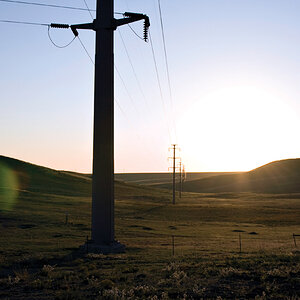stickman.walks
TPF Noob!
- Joined
- Apr 20, 2011
- Messages
- 17
- Reaction score
- 0
- Location
- tokyo : japan
- Can others edit my Photos
- Photos NOT OK to edit
Admittedly, about a month ago, I was using iPhoto to edit thru my photos. Not professional photos, but just the stuff I was walking around shooting and it does fill my needs rather quickly and easily.
I recently purchased Lightroom 3 and my parents got me the latest version of Photoshop. I`m not sure that I need both, let alone where to start to dive in to switching from iPhoto to either of these more powerful, useful tools.
I currently have all my raw filed photos stored in a Raw Folder (3 copies of it).
What I am really wondering is which of these two programs should I use - Photoshop AND Lightroom, or one over the other. The thing I like about Photoshop, to be honest, is that it`s not a database program, so when I make changes to an image, I can easily store it right back in the Raw Folder with all my raw files.
To keep the highest possible quality of photo from raw to Photoshop, what version of file should I saw to? In iPhoto I was going from raw to tiff.
With Lightroom, I don`t know what my choices are because there are sets, and libraries and other names that start to sound confusing, but it seems similar in a way to iPhoto in that you can edit and store libraries.
Just not sure best file type to keep best imaging. I do have some jpeg files, too. Guessing those just stay as jpeg and no reason to change them to anything else.
I recently purchased Lightroom 3 and my parents got me the latest version of Photoshop. I`m not sure that I need both, let alone where to start to dive in to switching from iPhoto to either of these more powerful, useful tools.
I currently have all my raw filed photos stored in a Raw Folder (3 copies of it).
What I am really wondering is which of these two programs should I use - Photoshop AND Lightroom, or one over the other. The thing I like about Photoshop, to be honest, is that it`s not a database program, so when I make changes to an image, I can easily store it right back in the Raw Folder with all my raw files.
To keep the highest possible quality of photo from raw to Photoshop, what version of file should I saw to? In iPhoto I was going from raw to tiff.
With Lightroom, I don`t know what my choices are because there are sets, and libraries and other names that start to sound confusing, but it seems similar in a way to iPhoto in that you can edit and store libraries.
Just not sure best file type to keep best imaging. I do have some jpeg files, too. Guessing those just stay as jpeg and no reason to change them to anything else.


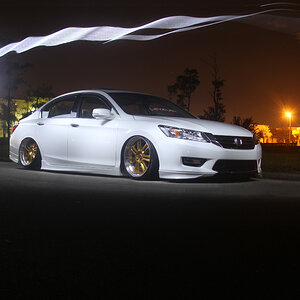

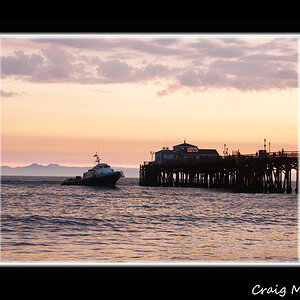
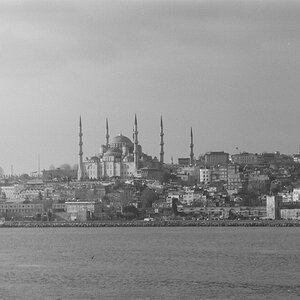
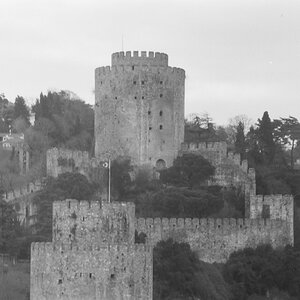
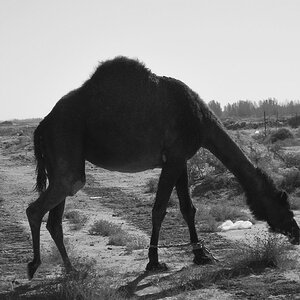
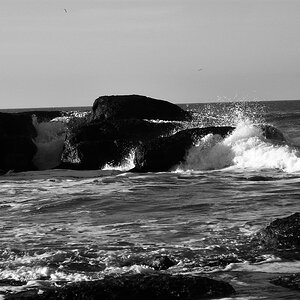
![[No title]](/data/xfmg/thumbnail/31/31013-b871f1d295c83b831c1423028e1ce5dc.jpg?1619734568)
